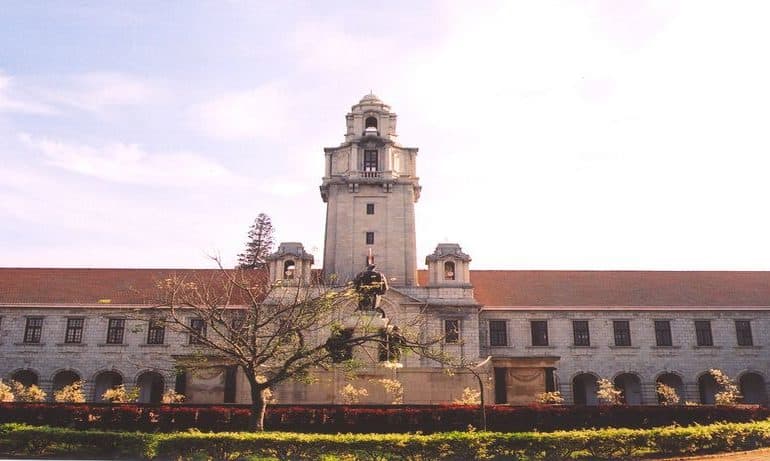The Centre for World Universities Rankings (CWUR) is an annual academic ranking system of global universities. The Centre for World University Rankings (CWUR) publishes the global university rankings that measure the quality of education and training of students as well as the prestige of the faculty members and the quality of their research without relying on surveys and university data submissions.

As per the latest Centre for World Universities Rankings (CWUR), four Indian universities have clinched places in the recent rankings, and three of them manage to get into the top 500. In CWUR-2017, the University of Delhi tops the chart. It has got a world rank of 397 with 43.61 marks, followed by the Indian Institute of Technology (IIT), Delhi, which has a world rank of 399 with 43.6 marks. At number three is the Indian Institute of Science (IISc), Bengaluru, with a world rank of 470 with 43.27 marks. But, coming a close fourth in national rankings is Panjab University (PU). It is at fourth place with 43.06 marks and also manages the 550th spot in world rankings.
The Centre for World University Rankings uses eight objectives to rank the world’s top 1000 universities. The quality of education is measured by the number of a university’s alumni who have won major international awards, prizes, and medals relative to the university’s size. It has a weightage of 25 percent. The alumni employment is measured by the number of a university’s alumni who have held CEO positions at the world’s top companies relative to the university’s size. It carried a weightage of 25 percent. The quality of faculty is measured by the number of academics who have won major international awards, prizes, and medals and carries a weightage of 25 percent. The publications are measured by the number of research papers appearing in reputable journals and have a weightage of five percent. The Influence is measured by the number of research papers appearing in highly-influential journals, carries a weightage of five percent. The citations are measured by the number of highly-cited research papers, having a weightage of five percent. The broad impact is measured by the university’s H-index, carries a weightage of five percent. The patents are measured by the number of international patent filings and carry a weightage of five percent.
Image Credits: www.du.ac.in
Sandeep Samal



